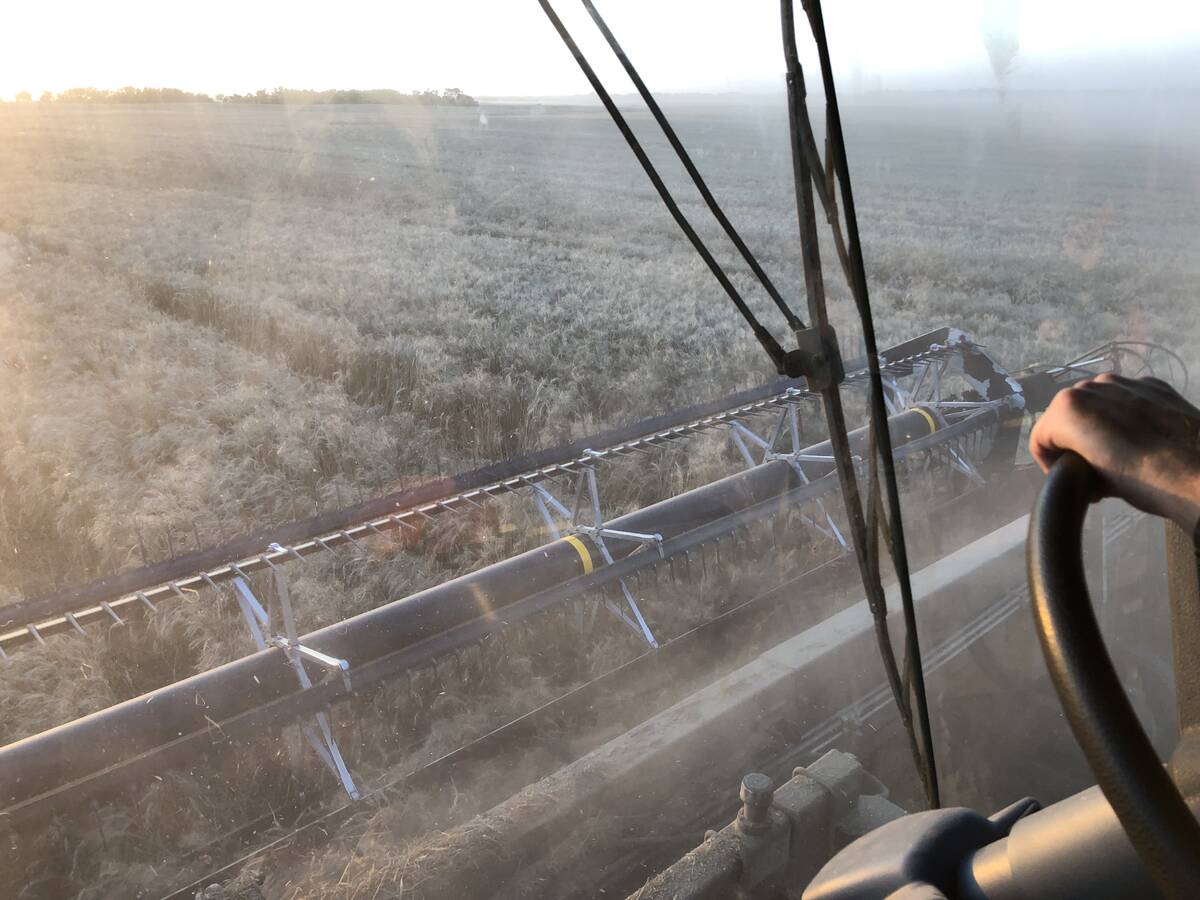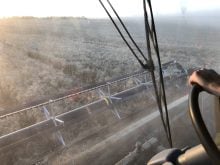The future of short-line railways on the Prairies just got a little murkier.
The Canadian Transportation Agency ruled last week that railways can include the value of so-called “rehabilitation assets” in the price of branch lines being sold to potential short-line operators.
Saskatchewan highways and transportation minister Maynard Sonntag says that could have serious implications for the future development of short lines in the province.
“If this ruling is upheld, many short lines, which could provide a good service to communities, will never be viable,” Sonntag said following the release of the CTA decision Jan. 19.
Read Also

Mail strike disrupts grain sample delivery
The Canadian Grain Commission has asked farmers to consider delivering harvest samples directly to CGC offices, services centres or approved drop offs as Canada Post strike delays mail.
A group of local governments in Saskatchewan negotiating to buy the 74-kilometre Cudworth subdivision from CN Rail had asked the agency to exclude from the purchase price of branch lines the value of assets paid for by the federal government under the Prairie Branch Line Rehabilitation program in the 1970s and 1980s.
That would have reduced the net salvage of prairie branch lines by 75 to 85 percent, according to provincial government estimates.
But in a 13-page decision, the agency rejected the local government’s arguments and sided with the railways.
“The agency finds that the assets funded under rehabilitation agreements … form part of the railway company’s interest in affected rail lines that are being transferred to governments,” said the CTA, which held five days of public hearings on the issue in Saskatoon last November.
Paul Beingessner, former manager of a short-line railway in southern Saskatchewan and now an adviser to a coalition of short-line groups, said a favorable decision would have made it far easier for short lines to set up.
Now, the future of short lines will depend on whatever new rules the federal government brings in as part of its package of grain transportation reforms.
“If the Kroeger working group measures are brought in as legislation, it could bring it back to where you’ll see some viable short lines,” he said.
During industry consultations last summer, short-line supporters gained support for a system of binding arbitration to resolve disputes surrounding the sale of branch lines.
However, in his report to the government, Arthur Kroeger rejected the working group’s recommendation, instead proposing a system of mediation.
A spokesperson for CN welcomed the CTA decision, saying the railway always felt it was on solid legal ground.
“We thought we had made a pretty strong argument and that our case was well presented,” said Jim Feeny.
During the hearings, the railway argued that the rehabilitation funding was given to it as outright grants and therefore it owned the assets purchased with that money.
Feeny acknowledged that local communities often have strong emotional attachments to their branch lines, but said if a short line is economically viable, it will be set up.
He added that the purchase price of the line is only one factor in the financial equation.
“Even more important is the amount of traffic and potential revenue those lines will generate in the future, and this ruling does not affect the operational viability of those lines in the future,” he said.
Now that the agency has ruled on the rehab issue, it will determine the net salvage value of the line, the price at which the law requires it be sold by CN to the Cudworth group.
Beingessner said two recent net salvage value decisions on prairie branch lines have been favorable to the buyers, so the Cudworth group could yet get some good news from the CTA.
















